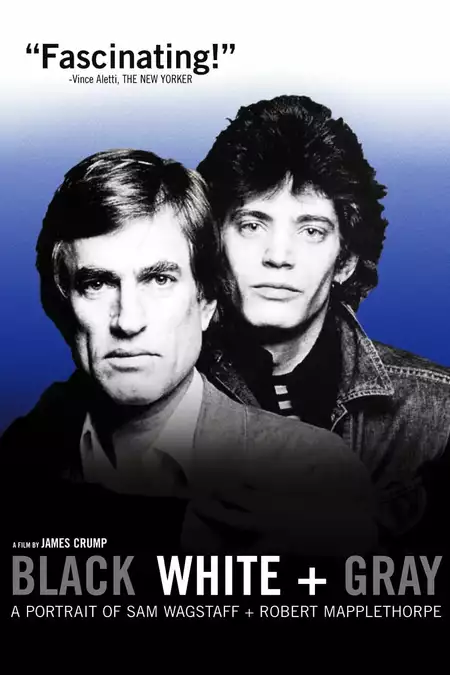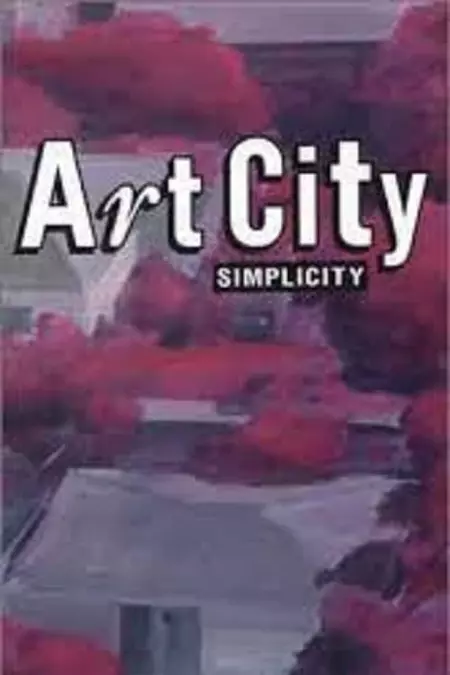Biography
(No Information)
Filmography
Information
Known ForActing
GenderMale
Birthday1941-07-12 (83 years old)
Birth PlaceRahway, United States
CitizenshipsUnited States
ResidencesRahway, United States
AwardsAachen art prize
This article uses material from Wikipedia.
Last updated:
 Richard Tuttle
Richard Tuttle- Filmography
- Information

